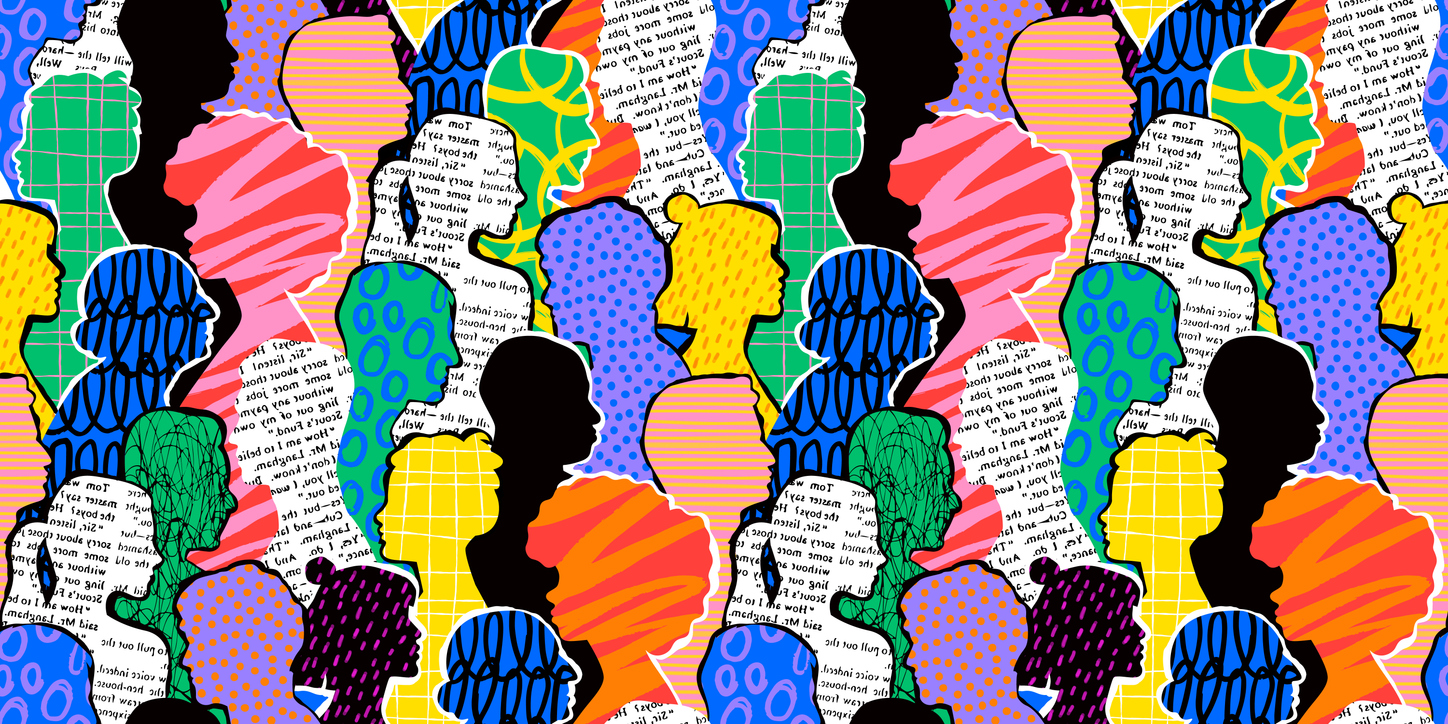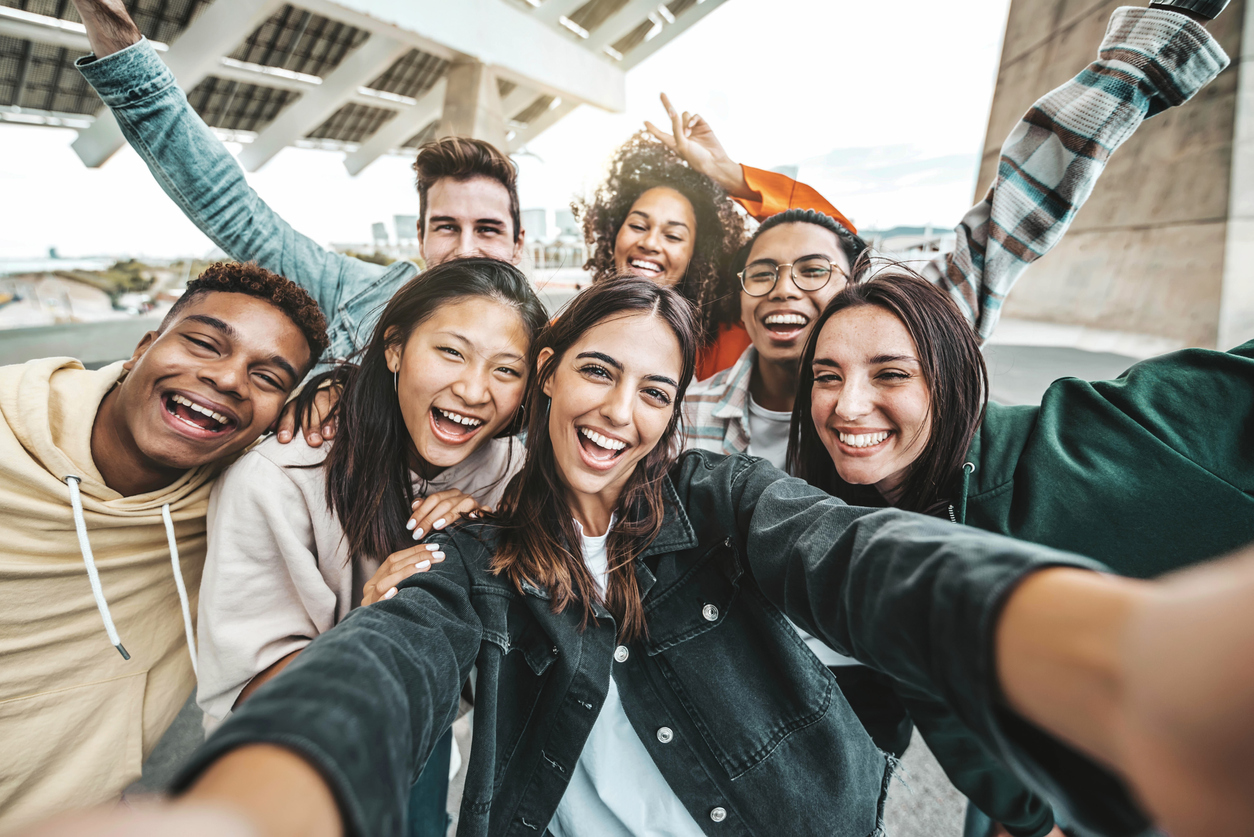How to be inclusive when counselling students
What does ’inclusivity’ mean? Who does it refer to? And, most importantly, how can we ensure that our practice is inclusive?

Sponsored by
Inclusivity. What, when we hear that word, do we think of? Do we immediately go in our mind to a specific set of people – defined perhaps by gender or by neurodiversity?
I have spent a lot of time thinking upon this, and it is a discussion I have had with my diversity and inclusion coach.
I have now realised that, for me, both in my personal and my professional life, inclusivity means the entire human species. To be an inclusive person means that I need to ensure that all my guidance, support and interactions are, to the best of my ability, for every human being, no matter what.
So how does this look in my practice as a future-pathways adviser? And how can we all ensure that our work is inclusive?
1. Lead by example
How can we ensure that we walk the talk, and that in all interactions with students and their families, it is clear that we give equal importance to each and every choice they make for their future?
We can do this by being authentic. The Oxford English Dictionary defines authenticity as “the quality of being genuine or true”. What this means for counsellors is: if we truly believe in something, then this will show in all our interactions.
2. Acquire knowledge and understanding
Be honest with ourselves. Are there any areas where we feel we are lacking knowledge – and which may therefore result in us not working as inclusively as we would like? If so, how can we obtain that knowledge (and consequently understanding)?
For example, I feel that my knowledge and understanding of the LGBTQI+ community is not as good as I would like it to be. And so I grabbed an opportunity to undertake diversity and inclusivity coaching run by a colleague. I have had one session (out of six) so far, and as a result will be reading the following books over the next few months: The Wake Up, by Michelle Mijung Kim; Diversify, by June Sarpong; Becoming a Totally Inclusive School, by Angeline Aow, Sadie Hollins and Stephen Whitehead. I have also signed up to attend the Pride conference held at a nearby international school.
I also feel that I should do a deep dive into which global universities are renowned for their inclusivity and diversity work, as well as which countries are more embracing of certain communities. Then I may be able to guide specific students better.
3. Ensure no bias – unconscious or conscious – in our work
We may well be conscious of certain biases we have, and therefore can proactively ensure that these do not affect our work. But our unconscious biases, by definition, are the biases we are not aware of.
There are several ways to find out what they are – online questionnaires or training sessions, for example. Imperial College London have a section on their website specifically related to this area.
I had a eureka moment regarding an unconscious bias of my own during a workshop that our school ran for parents. Through their stories, the workshop participants reminded me that the culture we grow up in has a huge impact on what we believe success to be and how to get there.
If someone is brought up in a culture that believes they will only be successful if they get top grades and go to a top-10 university, it is hard to let go of that belief, and so it is passed down from generation to generation.
Working in an international community, I realised that I need to be more compassionate with families who only want to talk about the brand-named universities and how to get into them. I need to take a moment and consider the why. Perhaps this comes from a cultural belief grown over many generations, or perhaps not.
Either way, who am I to judge or disagree with other people’s values? I just need to listen, guide and support to the best of my ability, in an empathic way.
This understanding of my unconscious bias (brought about, I believe, by my strong belief that grades do not define us) has made a huge impact on how I work with everyone in our community, and has been a big learning moment in my inclusivity practice.
4. Listen to understand, not to judge
When we speak to our students and their families, do we really listen to them and try to understand, or do we have an ongoing narrative in our head, which does not allow us to be really present?
We don’t need to agree with what they are saying. But if they feel that something is important to them, we need to understand that and support them accordingly.
5. Individualise how we work
No one person is the same, and different people need different things. That’s OK.
One student or family may need to see you once every six months, while another may need to meet weekly. And, again, that’s OK.
As long as we are meeting the needs of each student, it is not unfair to spend more hours with one rather than another.
6. Maintain boundaries to protect your own mental health and well-being
Being inclusive in our work can be exhausting, especially if we have families who require a lot of understanding and support. There are many useful articles written by our counsellor colleagues, who provide advice as to how we can maintain boundaries and protect our own well-being in order to be able to provide the best support for all our students.



